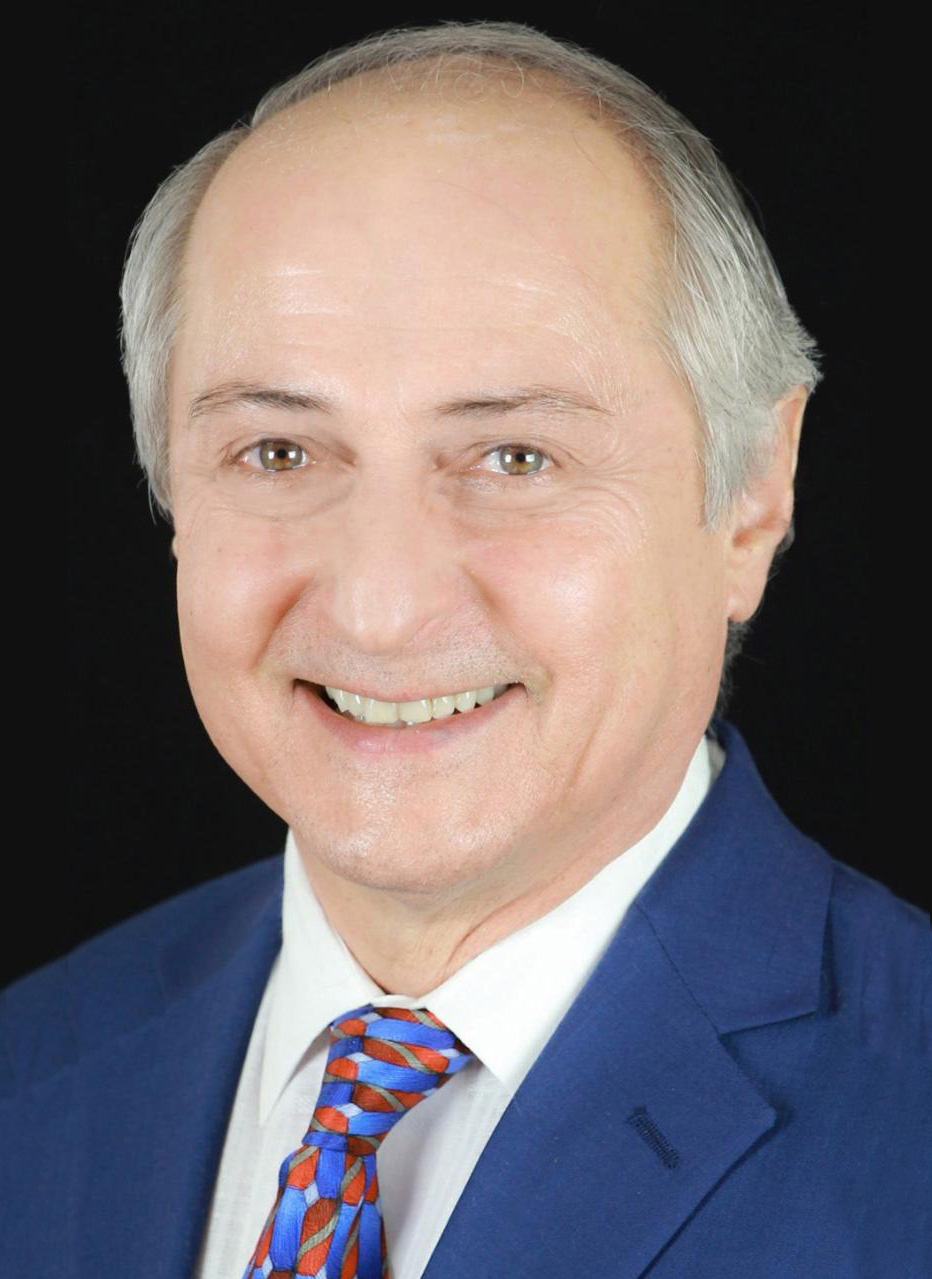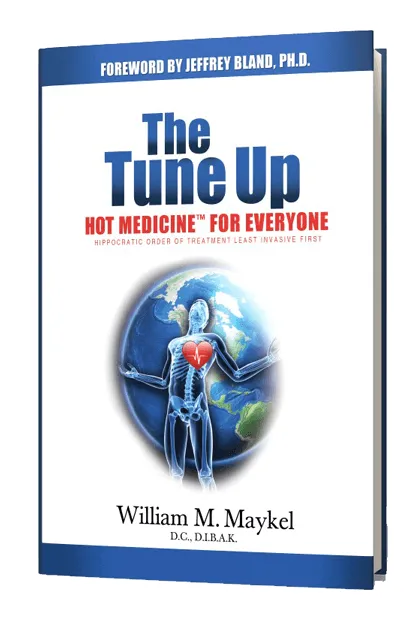Where Physics, Function, and Genomics Meet for Optimal Wellness a New Medical Directive to Optimize Your Healthspan.
Field Background Basics:
- In the last one hundred years, quantum physics has proven that we are energetic beings that live in a Field of Quantum Energy.
- This is also referred to as the One Mind which is an infinite flow of coherent consciousness. This Field is shared alike by all humans and animals. (1)
- Quantum physics Nobel laureates have connected the dots from the individual mind to the One Mind.
- The hologram is a metaphor that helps illustrate the relationship between the individual minds and the One Mind.
- In the holographic universe there is unity of consciousness, a “greater collective mind” with no boundaries of space or time.
Electromagnetism and the Extra – Cellular Matrix Basics:
- According to Francis Collins MD PhD, leader of the International Human Genome Project, our bodies are composed of 400 trillion cells (2), each performing 100,000 actions per second.
- Scientists now know that the nervous system which sends information at rates between 10 to 100 meters per second is not fast enough to convey all of this data.
- The extra-cellular matrix (ECM) consists of your muscles, tendons, ligaments, cell membranes and chromosomes.
- The ECM acts like a crystal and conducts electromagnetic energy that travels at just under the speed of light, making it virtually instantaneous.
- The transduction of the Field into our bodies occurs through specialized electromagnetic receptors embedded deep within our brains at the point where the brain folds in upon itself and becomes the endocrine system. This area is referred to as the neuroendocrine axis or the hypothalamic-pituitary-adrenal (HPA) axis.
- The HPA axis is intimately involved in our autonomic nervous system’s balanced response to stress termed allostasis. This is opposed by the unbalanced response which is referred to as the allostatic load.
- These electromagnetic receptors or nuclei generate various rhythms for the production and flow of informational substances in the body.
- Some of these are daily (circadian), some are several times per day (ultradian) and some are immediate (immediate early genes or IEGs).
Integrating Genomics, Cellular Physiology and Global Function
- The structure of our skulls is inherently built for motion, with twenty two cranial bones interconnected by gear-train sutures and strong pain sensitive dural membranes.
- The fact that the cranial sutures do not fuse and maintain functional motion throughout the entire life cycle has been clinically proven. (3–10)
- The cranial complex exists to both protect the brain and bio-mechanically enhance its core functions.
- Termed the reciprocal tension membrane system the cranio-sacral mechanism promotes oscillation in the tissues of the HPA axis maintaining nervous system coherence.
- Craniaosacrol system dysfunction and a variety of health, behavior and performance problems have been established. (11–14)
- One of its core functions is to control cellular physiology and genetic expression through the phosphorelay system. This system controls cellular protein synthesis, division, and genetic expression.
- Recent scientific findings have revealed that our internal cellular physiology is “at a boil.” (15) The half-life of the cells microtubules that aid in the intra-cellular transport and promote three dimensional structure is 20 minutes. Every 40 minutes the internal scaffolding is new. You have a new brain every 2 months.
- The body is composed of 100,000 proteins that are folded into 4 million different shapes. The most abundant of these is collagen.
- Single regulatory genes may launch a cascade of hundreds or thousands of other genes, exerting enormous influence on biological structure. (16)
- Stress, trauma, maldigestion, nutrient insufficiency, infection and electromagnetic stress may create cranial stress maladaptation patterns (MAPs).
- Cranial Maps impact the function of the HPA axis and dampen the flow of electromagnetic transduction from the Field.
- The decreased flow, in turn, affects regulatory IEG’s (perhaps through the C-fos IEG), depressing the phosphorelay system and impairing global internal body communication.
- Organs, glands and muscles share the same pleuri-potential stem cell origin. Although they migrate to different body regions and perform totally different functions, they remain connected throughout life. This occurs by shared nervous, vascular, lymphatic and electromagnetic circuitry.
- Manual muscle testing (MMT) may be used to ascertain the functional state of glands and organs involved in the cardio-pulmonary, digestive, immune and endocrine systems.
- Bilateral inhibition of an organ or gland related muscle with MMT indicates dysfunction in that organ or gland. As intervention proceeds organ reserve may be clinically extrapolated. For example, an ongoing bilateral muscle inhibition not therapeutically responding may be indicative of poor organ reserve.
- The “direct challenge” is a quickly performed non-invasive diagnostic test using MMT to query the body’s alignment. So for example if an intact or facilitated muscle becomes inhibited with slight sustained pressure in a certain direction, it is understood that that joint is misaligned in that direction. Correction would take place in the opposite direction.
- Skilled professional applied kinesiologists have a high interexaminer reliability, (17–20) and can readily determine MAPs throughout the body. The primary MAP complexes are as follows: cranial, pelvic-spinal, tarsal tunnel and upper extremity.
- The concept of MAPs along with their systemic effect represents a new individual personal health algorithm.
- Another tool used in Professional Applied Kinesiology (PAK) is called therapy localization (TL). This is the term used to describe the inhibition of a previously facilitated MMT upon touching a certain area of the body.
- For example, neurolymphatic reflexes have been correlated with each organ and may be therapy-localized to diagnose specific stasis in the lymphatic tree.
- The beginning and end points of the acupuncture meridians have been correlated with specific amino acids and a positive TL to these other indicates a need to upregulate systemic protein metabolism or support specific amino acids.
- Other related PAK tests for defects in protein metabolism include: the MMTs for the stomach and pancreas, a positive TL to body hair and a direct challenge to ligaments throughout the body.
- It is my current belief that a positive direct challenge to the body’s ligaments globally represents a defect in collagen metabolism. The rationale for this is that it acts both as a crystal and it is the most abundant protein in the ECM.
-
This particular direct challenge I believe represents the confluence of quantum physics, function and genomics.
|
Clinical Pearls The Reduction of Cranial Stress Maps Instantly Improves Body Function at All Levels-From Cells to Organ Systems
Based on these clinical observations and the related greatly enhanced clinical efficacy, I propose that cranial stress MAP reduction up regulates the flow of Field energy through the HPA axis allowing the shift from allostatic load to allostasis by promoting coherent body consciousness. This most likely occurs through the activation of IEGs and forms the basis of Quantum Wellness through the activation of rest, repair and regeneration. I believe this will become a key part of the platform for personalized health and healing in the 21st century. One might say that the eye of Horus is now open. |
References:
- One Mind, Larry Dossey M.D.
- Collins, Francis M.D Ph.D. The Language of Life, Harper Arnold, 2009.
- Kokich V.G Age Changes in the Human frontozygomatic suture from 20 to 95 years. Am J Orthodant 69: 411–430, 1976
- Retzlaff E.W. Fl Jr, The Cranium and its Sutures, Germany: Springer-Verlag Berlin Heidlberg 1987
- Upledger, John E. Mechano-Electric Patterns During Craniosacral Osteopathic Diagnosis and Treatment, Journal of the American Osteopathic Association, 1979
- Heifetz MD, Weiss M: Detection of Skull Expansion With Increased Intra-Cranial Pressure. J Neurosurg 55: 811–812, 1981
- Heisy SR, Adams T: Role of Cranial Mobility Cranial Compliance. Neuro-Sugery 33: 869–876, 1993
- Jaslow CR: Mechanical Properties of Cranial Sutures. J Biomech. 23: 313–321
- Wirth-Pattuto V, Hayes kw: Interratorreliability of craniosacral rate measurements and their relationship with subject’s and examiners heart and respiratory rate measurements. PhysTher 74: 908–916, 1994.
- Rogers, Jos S, Witt, Philip PhD,PT, Controversy of Cranial Bone Motion, Journal Orthopedic and Sports Physical Therapy. Vol 26, No 2, 95–103, 1997
- Fryman, V.M. Relation of Disturbance of Craniosacral Mechanisms to Symptomatology of the Newborn: A Study of 1,250 Infants, Journal of the American Osteopathic Association, 65: 1059, June 1966.
- Upledger, John E., Relationship of Craniosacral Examination Findings In Grade School Children With Developmental Problems, Journal of the American Osteopathic Association, 77: 760–76, 1978
- Woods, J.M. and R.H. Woods, Physical Findings Related To Psychiatric Disorders, Journal of the American Osteopathic Association, 60: 988–93, Aug 1961
- Hussor CS, Curtis JD:TMJ Syndrome: An integrative Approach. In: Retzlaff E.W. Mitchell FL (eds.), The Cranium and it’s Sutures, pp 48-58. Berlin: Springer-Verlag, 1987
- Church, Dawson Ph.D et al The Genie In Your Genes
- Ibid
-
Pollard H. et al. Inter Examiner Reliability of Manual Muscle Testing of Lower Limb Muscles without the Ideomotor Effect, Chiropr J.Aus. Mar 2011 (41:1): 23–30
Jain M, et al., Inter-rater and inter-rater reliability of the 10-point Manual Muscle - Test(MMT) of strength in children with juvenile idiopathic inflammatory myopathies(JIIM) Phys Occup Ther Pediatr. 2006: 26 (3): 5–17
- Pollard H. et al., Inter Examiner Reliability of the deltoid and psoas muscle test. J Manipulative Physiol Ther, Jan 2005: 28 (1): 5–6
- Jepsen J. et al., Manual strength testing in 14 upper limb muscles: a study of inter-rater reliability, Orthrop Scand, 2004 Aug: 75 (4): 442–8
January 2014








